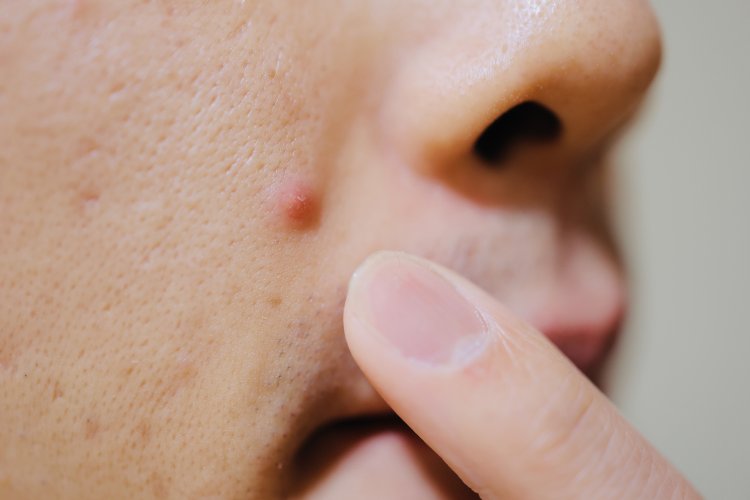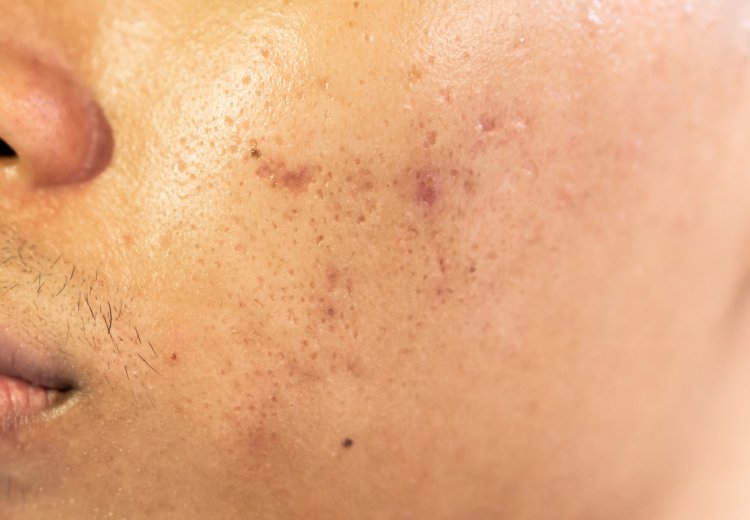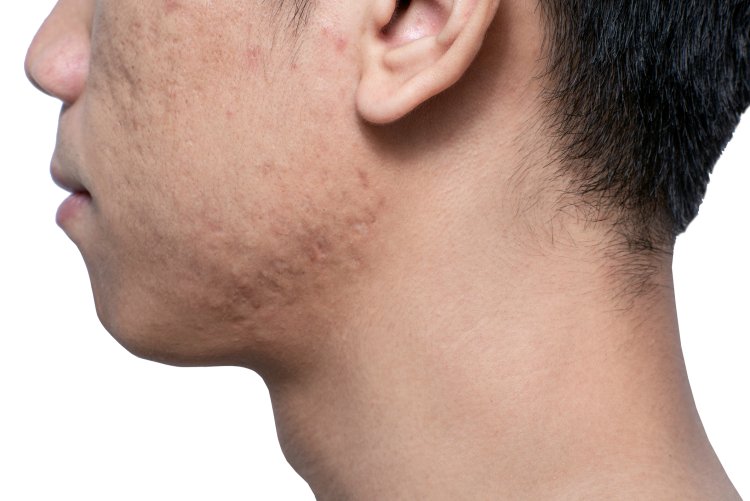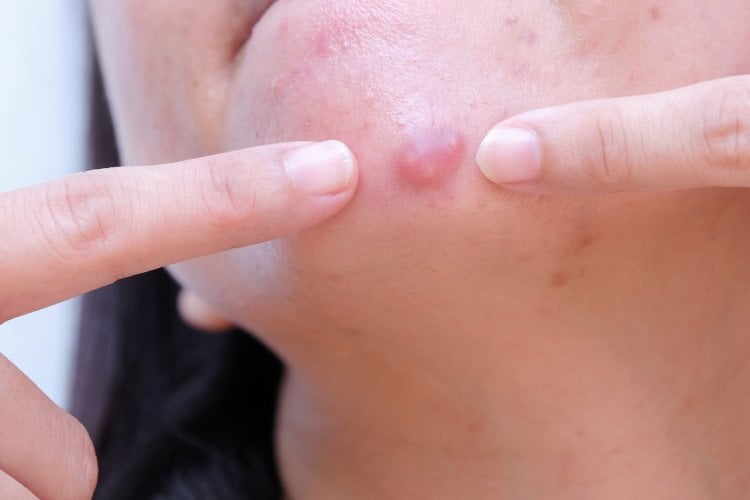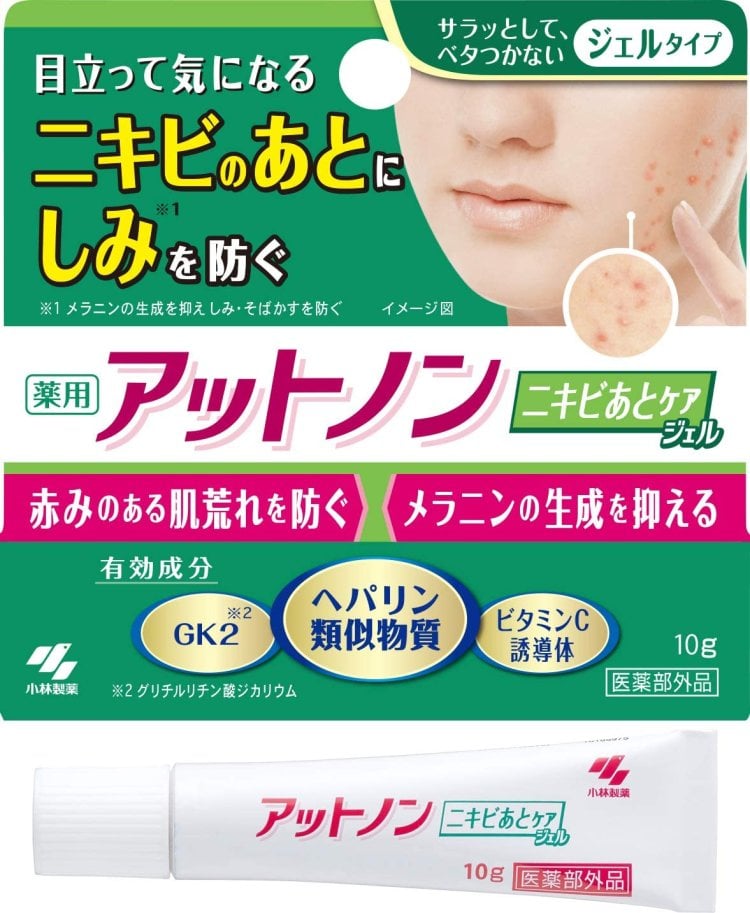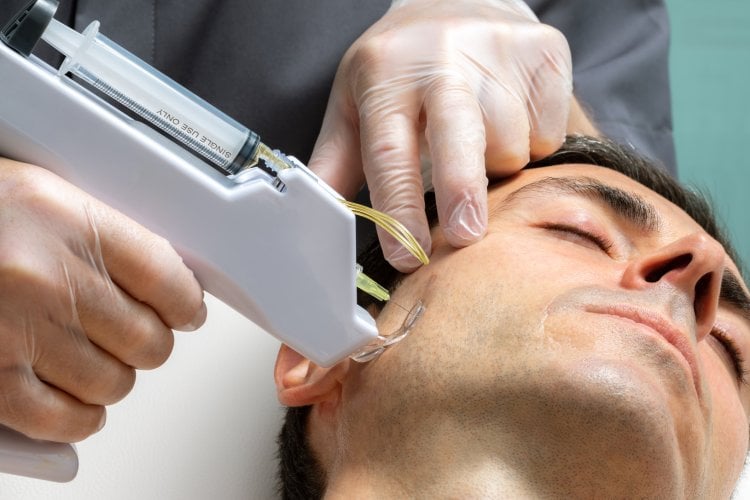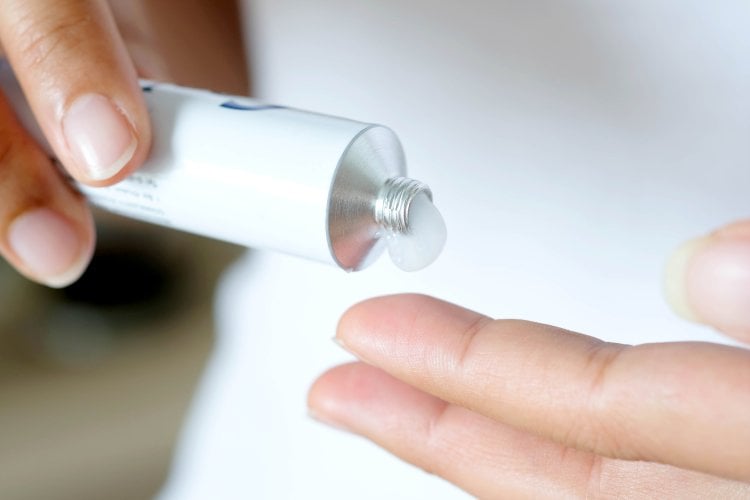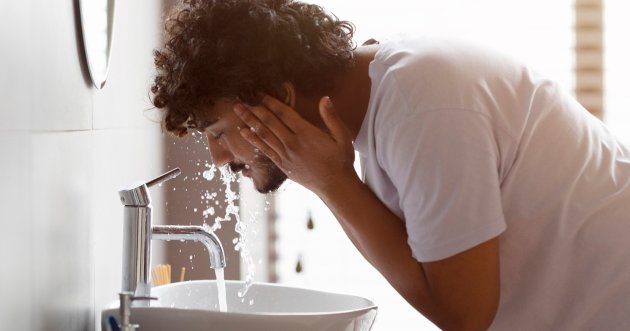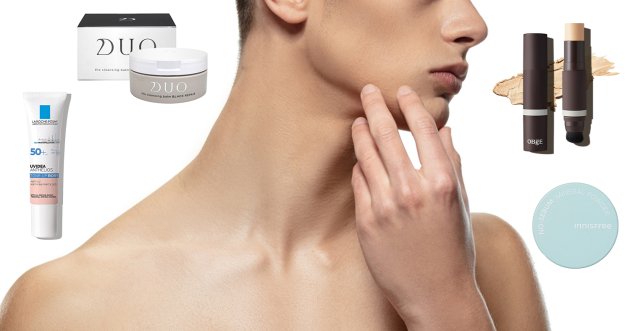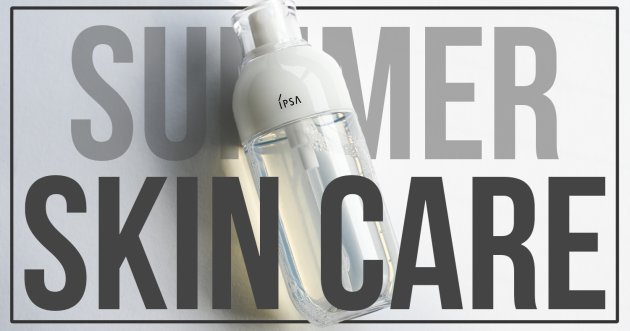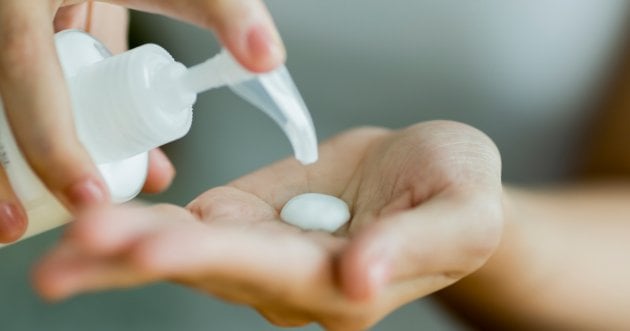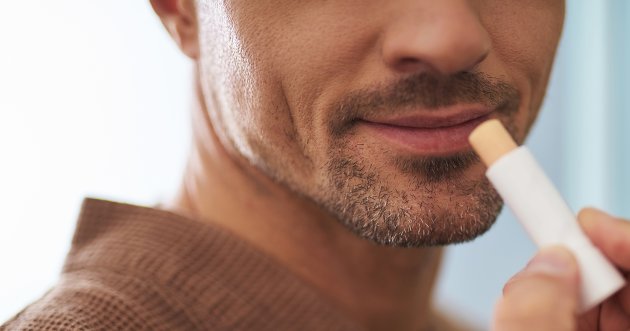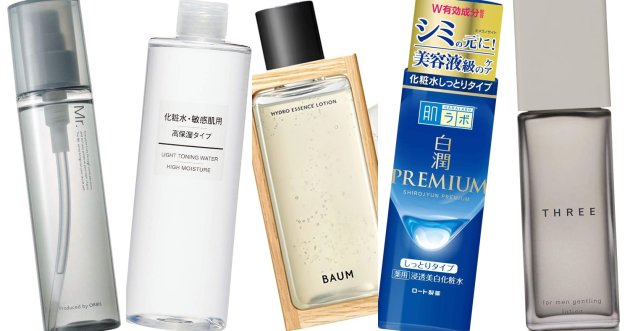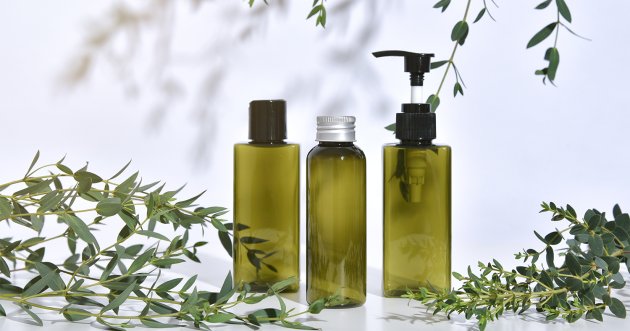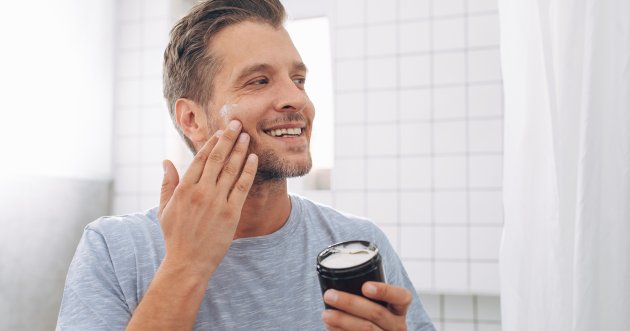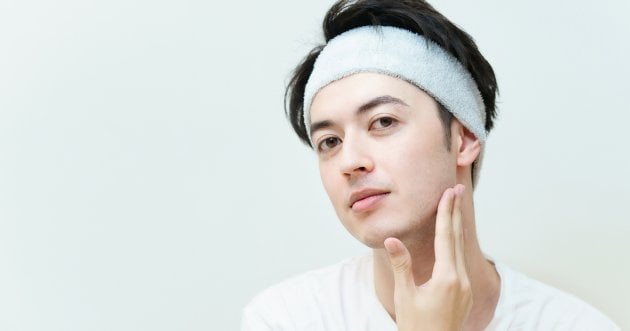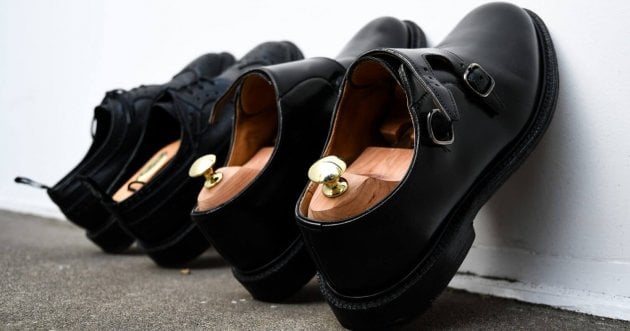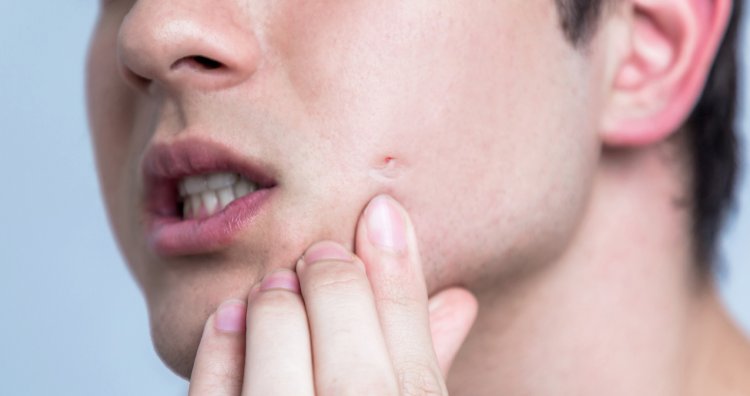
Many of you may have experienced that acne/pimples have healed but left redness, craters, or keloids…? In this issue, we will introduce you to over-the-counter medications for acne scars, the reasons why acne and acne scars form, recommended products, and more!
Suponsered by
Why do acne scars form? Explained by condition!
There are several causes of acne scars, but most of them have one thing in common: the inflammation of acne has caused damage deep into the skin. Even if the superficial inflammation of acne is cured, the inflammation that has reached deep into the skin will appear as “acne scars” in various forms on the skin. Acne scars can be broadly classified into four types: redness, hyperpigmentation (blotches), craters, and keloids (lumps).
Acne scars Type 1: “Redness
The most common type of acne scar that remains after the acne has healed is acne scar with redness, also called post-inflammatory erythema. Acne scars with redness are caused by inflammation remaining deep within the skin, which shows through the thinned skin due to acne damage. Acne scars in this case often heal gradually as turnover progresses. Turnover is a phenomenon in which old keratinocytes are peeled off from the skin over a certain period of time; simply put, it is “skin metabolism. In other words, the reddish acne scars naturally disappear as the keratinocytes where the acne was located are expelled from the skin. However, the formation of acne in the first place is also evidence of a disorderly turnover. If the turnover disorder is not corrected by reviewing skin care and lifestyle habits, acne scars will also be difficult to erase, so be careful.
Acne scar type (2) “pigmentation (blotchiness)
The second most common type of acne scar with redness is hyperpigmentation, which occurs when inflammation from acne stimulates melanocytes that produce melanin. Melanin is a dark pigment that protects the skin from UV rays and other stimuli, and under normal circumstances, the melanin produced is gradually expelled from the skin through turnover. When melanocytes react to irritation caused by acne inflammation, they produce large amounts of melanin to protect the skin from irritation. However, turnover tends to be disrupted in acne-prone skin. The large amount of melanin produced stays in the skin without being expelled, resulting in hyperpigmentation.
Acne scars Type 3: “Crater
One of the most serious cases of acne scars is when the skin becomes indented like a crater. When acne inflammation reaches deep into the skin due to repeated acne outbreaks, the areas that do not regenerate properly during the repair process can become indented and crater-like. Forcibly crushing a pimple or squeezing a pimple with fingernails or unhygienic instruments can also cause craters to form. It is understandable that you may be tempted to crush the pimple, but try not to touch the pimple if at all possible.
Acne scar Type 4: “Keloid
Another serious case of acne scars is keloid, in which the pimple becomes like a hard, lumpy pimple. These acne scars are said to occur as a result of excessive collagen production in the skin to repair tissues destroyed by continuous acne inflammation. If you have acne, do not leave it untreated, but immediately review your lifestyle and skin care, and if necessary, use medication or visit a medical facility.
Are over-the-counter medications effective for acne scars? Are there different ways to treat them depending on the symptoms?
Redness and hyperpigmentation can be treated with over-the-counter medications!
Among acne scars, redness and hyperpigmentation can be improved or prevented with over-the-counter drugs and quasi-drugs. In particular, over-the-counter medications containing heparin analogues, which promote blood circulation and skin turnover, and vitamin C derivatives, which prevent the production of melanin, the cause of hyperpigmentation, are recommended. In addition, improving lifestyle habits and reviewing skin care can also restore normal turnover, so be aware of the condition of your skin on a daily basis rather than relying solely on medication.
Click here for details and purchase
Over-the-counter medications can’t handle craters and keloids! They require specialized treatment at a medical institution.
Unfortunately, when it comes to severe acne scars such as craters and keloids, it is difficult to improve them with over-the-counter medications. To improve these acne scars, it is recommended to receive specialized treatment such as chemical peeling or laser therapy at a medical institution. Incidentally, it is said that a treatment period of six months is required for any treatment, depending on the degree of symptoms.
If acne and pimples are to be cured, another medication is needed.
Naturally, another medicine is needed to treat the acne or pimples themselves. The type of medication depends on the type and progression of the condition, so be sure to choose a medication that contains the right ingredients for your condition. If you have any questions or concerns, it is recommended that you visit a medical institution.
2/2GO TO NEXT PAGE
